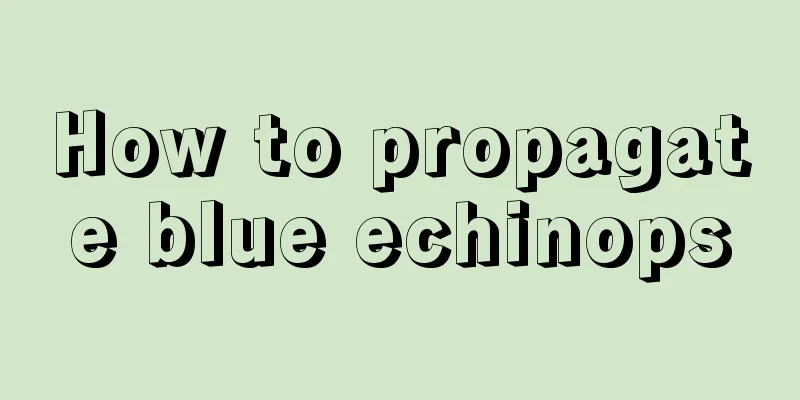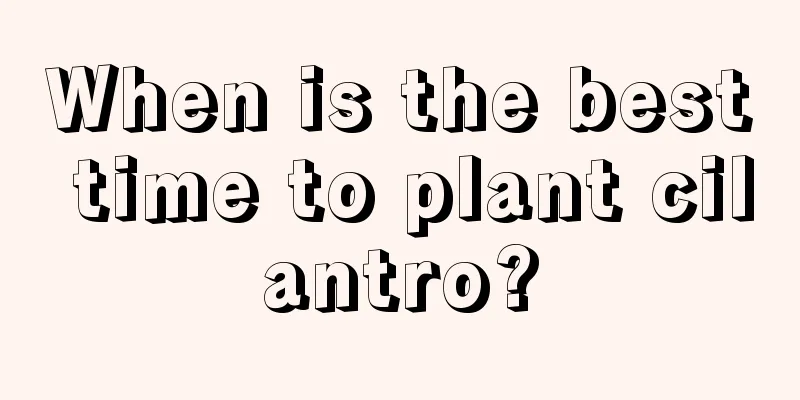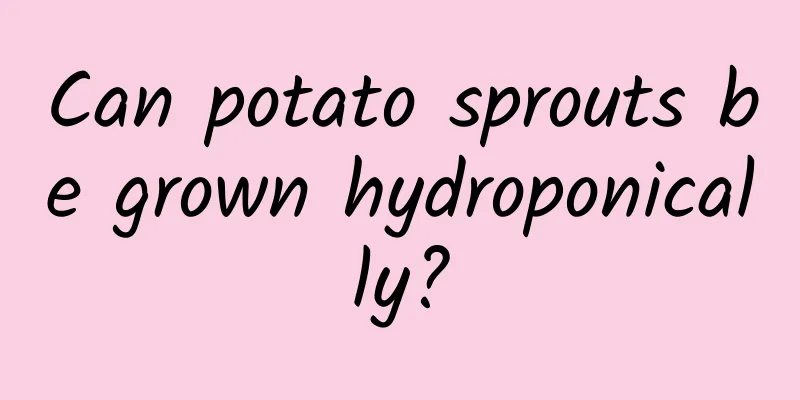How to propagate blue echinops

Seed propagation of blue echinopsThe seed propagation of blue echinops is relatively simple. The suitable temperature for seed germination is 20℃~25℃, and the germination rate is relatively high. This method can produce a large number of blue echinops plants, but this propagation method will cause the separation of offspring traits, which will reduce the ornamental quality of blue echinops to a certain extent.Blue Echinops cuttingsThe roots of blue spiny head have strong regeneration ability. A large number of adventitious buds can be obtained through cuttings of root segments. The characteristics of the offspring obtained by cuttings are relatively stable. The soil required for blue echinops cuttings can be made by mixing the substrate, river sand and peat in a ratio of 1:1:1, and then cutting the root segments into 2 to 3 cm in length. Insert the root segments into the seedling tray and cover them with plastic film to create a microclimate to maintain humidity. In the greenhouse, callus tissue will form on the upper end of the cuttings in about 10 days, which will be white, and then adventitious buds will differentiate into adventitious roots at the lower end. Reproduction in open land can be carried out in March in spring, and the cuttings can be transplanted after growing for about two months. Choose a well-drained area for planting, then water it thoroughly. Pay attention to tillage and weeding in the later stage, properly control the amount and frequency of watering, and drain the water in time after rain to avoid water accumulation.Tissue Culture of Echinops cyanobacteriaThe tissue culture propagation of blue echinops is mostly used in scientific research and large-scale production. It can achieve the rapid propagation and screening of excellent varieties of blue echinops, screen out virus-free plants, maintain the original excellent traits and stabilize inheritance; in addition, tissue culture technology can also be used to induce mutations and cultivate new varieties. However, it should be noted that tissue culture seedlings are relatively weak. If they need to be transplanted into field cultivation, they need to be hardened in the early stages to enhance their adaptability. |
<<: Cutting method of Brazilian iron
>>: Planting method and later maintenance of Viburnum
Recommend
Disease and Pest Control of Peony
Dicentra leaf spot In the early stages of leaf sp...
Are roses suitable for indoor cultivation? Is it good to grow roses at home?
Although roses symbolize love, from the perspecti...
Why don't roses bloom?
Flowering time The normal flowering time of roses...
Plants suitable for cat-raising households
1. Catnip Catnip is suitable for families with ca...
How to survive the winter for jasmine, potted plants/ground plants/seedlings
1. How to keep potted plants through the winter I...
How often should you water your blueberry bushes?
How often should you water your blueberry bushes?...
Will Dendrobium freeze to death in winter? How to survive the winter?
1. Will I freeze to death? Dendrobium is not very...
What are the best flower seeds to plant in winter?
1. Kalanchoe This flower blooms in winter and has...
What kind of soil is suitable for planting Clivia
Clivia soil Clivia generally prefers slightly aci...
The role and efficacy of cactus
1. Delaying aging Cactus contains some polysaccha...
Common Pests of Crape Myrtle and Their Control Methods
Aphids infestation on crape myrtle Symptoms There...
Cultivation methods and precautions of Araucaria
1. Breeding environment 1. Soil: The best soil fo...
Can cherries be grown in the south?
1. Is it possible? Cherries can be grown in the s...
Can fresh aloe vera be used directly on the face? The correct way to use aloe vera to wipe the face
1. Can I wipe my face directly? 1. Adaptability: ...
These flowers can eat mosquitoes, so you don't have to worry about being bitten in the summer, and you don't even need to buy mosquito coils
Sarracenia Pitcher plant is not a pitcher plant. ...









